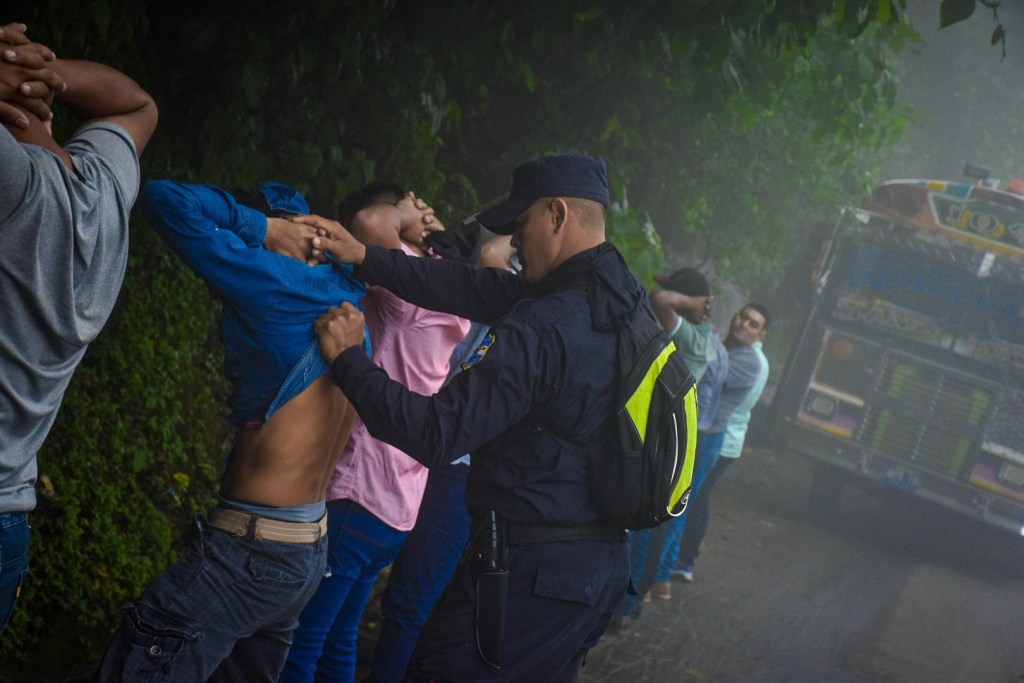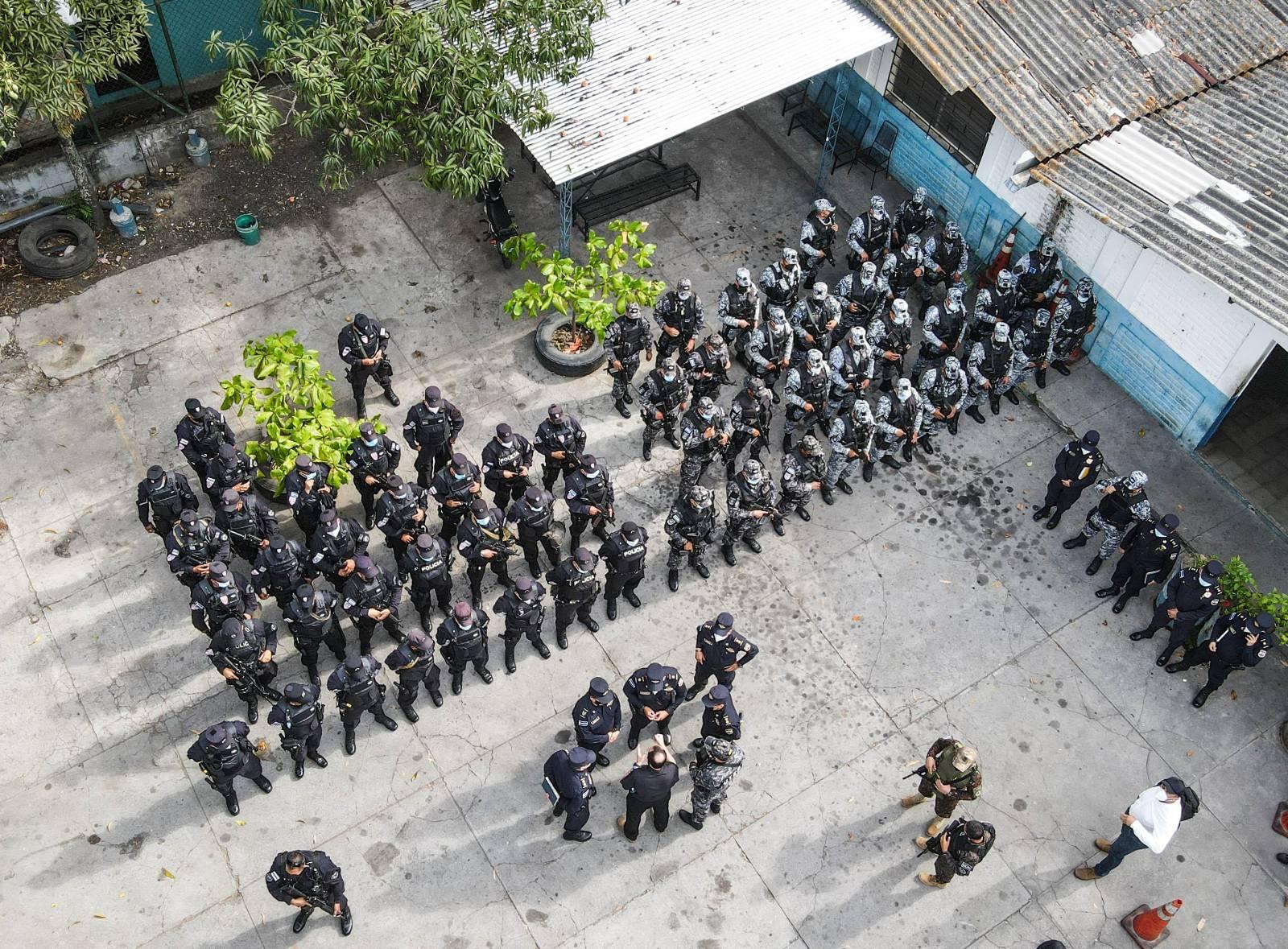Authorities routinely count gang “members” and, in the case of El Salvador, “aspiring” members and “collaborators.” But how do they do it, and what are the implications?
A former high-level police official agreed under condition of anonymity to explain to InSight Crime how the government creates its gang database. The method is neither easy nor particularly empirical, but the ex-official insists that it is accurate.
The desire to create a census of gang members, the former official said, began in the mid-1990s, when gangs became a major public safety issue. As in the United States, each local police station would supply headquarters with their estimates, which they would use to create an overall tally.
However, El Salvador’s information gathering system became more reliable starting around 2009, when the Police Information System (Sistema de Información Policial – SIP) was implemented in police stations across the country. The SIP was a special unit whose sole job was to collect and analyze information.
SEE ALSO: El Salvador State of Exception; a security measure implemented to fight gangs
“As criminal structures were investigated on the ground, the information would flow into the SIP, which analyzed who the members were, [and who] the participating family members, girlfriends, collaborators, etc. [were],” the source explained.
Soon, the National Police (Policía Nacional Civil – PNC) had a database of suspected gang members, which was continually updated and refined, the source said. These were not mere numerical estimates but detailed records that included full names, government ID numbers, photographs, “and all the general information about each person.”
Over the years, ongoing updates to the data collection system as well as technological improvements have made the census more reliable, he said.
“No system is infallible, but the PNC’s understanding of these criminal structures has a fairly high level of reliability,” he insisted.
Indeed, the numbers are precise. As of August 31, 2023, according to reports accessed by InSight Crime, the SIP estimated there were 120,187 total gang members and associates. They broke them down as follows: 53,973 homeboys (gang members), 5,454 chequeos (aspiring members), and 60,760 collaborators. This estimate did not include gang members who were in prison at the time, which totaled close to 20,000.
SEE ALSO: El Salvador’s Homicide Rate
Expanded Use of the Database
The database was once reserved for use in intelligence matters and not necessarily criminal cases. The distinction is important. Intelligence is often raw and uncorroborated. Judicial cases, for their part, normally require a higher level of corroboration and supporting evidence, especially if someone is going to face charges.
During recent administrations, police officials worried about how it might be used. The former high-level police official, for example, said one former security minister, General David Munguía Payés, wantonly added gang suspects’ family members to the SIP’s tally.
“‘Let’s multiply the SIP data by three or four,’” the source said Munguía Payés would argue, “‘because how is it possible that a gang member doesn’t get help from his mom or dad or his siblings or his cousins?’ And so additional factors were added, but these reckless assessments were made apart from the professional work of the investigators.”
Notwithstanding this careful work, soon things moved even further in the direction that Munguía Payés suggested. Specifically, the current administration of President Nayib Bukele officially added two new categories to the SIP database: chequeos for those aspiring to join a gang and are, so to speak, in a trial phase; and “collaborators,” the lowest tier, which is reserved for operators that support the gang in some significant manner.
What’s more, in March 2022, a spate of gang violence spurred Bukele to request that Congress implement what is known as the state of emergency. The legislative act suspended various constitutional rights to due process and broadened the legal purview for capturing and charging suspects to include chequeos and collaborators.
SEE ALSO: Days Without Homicides in El Salvador
The results have been profound. Over 72,000 Salvadorans have been incarcerated since March 2022. According to SIP, as of August 31, 2023, these include 32,247 homeboys, 3,433 chequeos, and 41,673 collaborators; the SIP adds that 21,718 homeboys, 2,021 chequeos, and 19,087 collaborators are still at large.
The Problem With Counting Gang Members

It should be noted that there are problems with trying to count gang members. Perhaps the most important of these is that there is no consensus about what constitutes a gang, a gang member, or a collaborator.
The US National Gang Center, for instance, notes that 44 states and the District of Columbia have their own definition of “gang,” 11 states have their own definition of “gang member,” and 31 states specifically outline different things that constitute “gang crime/activity.” Academic definitions of gangs and membership also vary widely.
The discrepancy leads to wildly divergent estimates of gang membership, as InSight Crime noted in a 2018 report on the MS13. Estimates are also influenced by institutional capacity, resources, politics, and biases, our report shows.
Despite these dangers, El Salvador appears to have a fairly disciplined — though not highly empirical — methodology to reach their conclusions about gang participation.
*With additional reporting from Steven Dudley.




